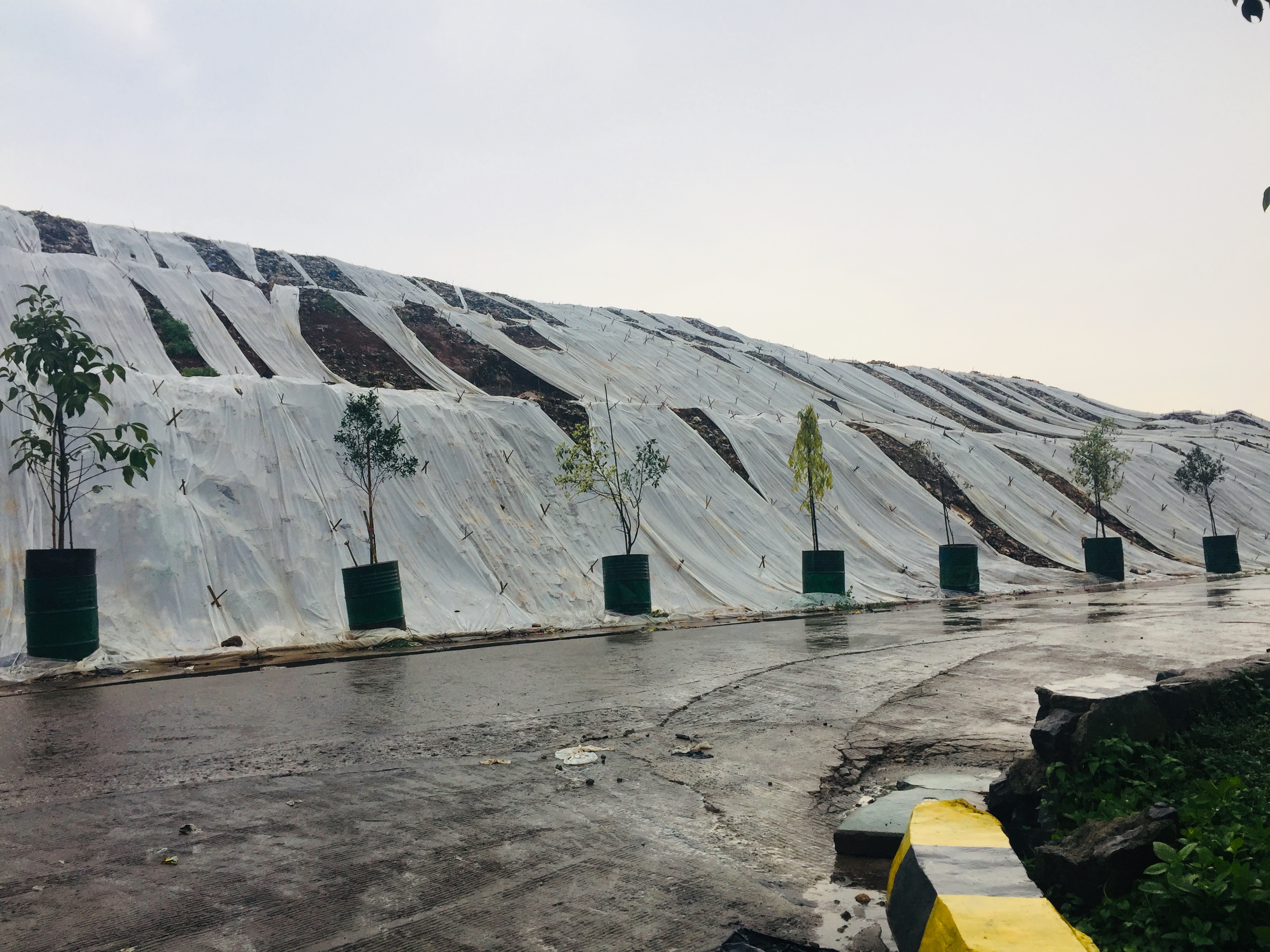Indonesia has yet to pay a serious attention to study about outdoor air quality, especially microbial air quality. It is a subject that must be seriously studied because microorganism-sponsored air pollution could cause the spread of infection and other diseases. This study aims to assess air quality at Cipayung Landfill in Depok, West Java, and the air in the vicinity of the facility so that the concentration and the dispersion in the air of microorganism could be detected. This study aims to: (1) analyze the concentration of Aspergillus fumigatus inside the Cipayung Landfill area; (2) analyze the movement rate of A. fumigatus in air inside the Cipayung Landfill area; (3) analyze the factors influencing the movement of A. fumigatus in air inside the Cipayung Landfill area. The air sampling for the study was conducted in five points at the Cipayung Landfill area and in five points at the neighborhood around the landfill. The author obtained the air sample through using the EMS Bioaerosol Single Stage Sampler with air flow rate at 28.3 liter/minute. The air sampling, used for fungi parameter, was conducted for one minute using the Malt Extract Agar medium, which was then incubated at temperatures between 29 and 30 degree Celcius for 48 to 72 hours. The primary parameter of the study is the A. fumigatus. The grown colony is counted as colony-forming units (CFU/m3). The results show that the concetration of A. fumigatus, temperature, humidity level and wind speed at Cipayung Landfill are, 43+13,5 - 1151.6+484,2 CFU/m3, 27 - 42oC, 40 - 83,8%, dan 0,4 - 3 m/s. The measurement results of A. fumigatus concentration is assessed by a non-parametric assessment to show its correlation with the number of trucks conducting activities at the facility. The results show the correlation (𝛼 >0,05) between the two. Based on measurement and calculation, the downward velocity of the spores of A. fumigatus is inline with the Stokes Law at 0,000576 - 2,556 x10-3 m/hour and is part of submicroscale transport. The amount of fungi concentration found at the facility is influenced by temperature, humidity and wind speed. Meanwhile, the number of trucks passing at the facility and unloading waste there could influence the rise of concentration of fungi because it can be categorized as a linear source (launching).
- Teacher: GRACE OKTAVINA MARPAUNG
- Enrolled students: 1


